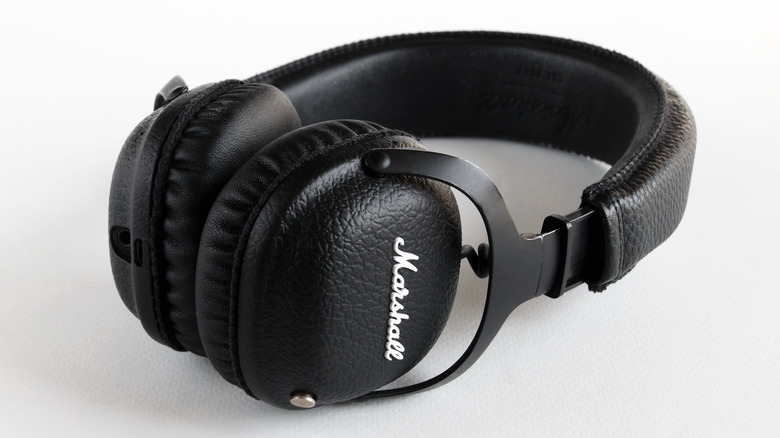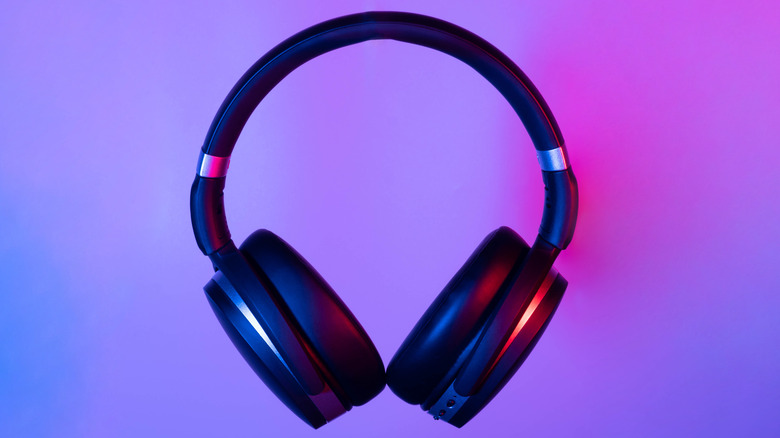Bluetooth LE Audio Specification Is Complete - What This Means For Your Headphones
The next generation of wireless audio transmission tech is ready, one that promises a more energy-efficient future with better audio experiences and new tricks, too. Bluetooth SIG has announced that it has completed the work on drafting specifications for Bluetooth LE Audio and that products offering support for the new tech will hit the shelves in the "coming months." It's a huge milestone given the tangible benefits it brings to the table, including four core advantages (via Bluetooth).
The LE stands for Low Energy and signifies the new Bluetooth LE radio that is all about reducing power consumption while adding new features that aren't possible with the existing Bluetooth "Classic" iterations. The first core benefit of Bluetooth LE Audio is a new audio codec called LC3, short for Low Complexity Communications Codec. Compared to the SBC codec (bitrate range of 240 to 345kbps) offered by Bluetooth Classic, the LC3 code scales all the way down to 160kbps.
But despite the lower bitrate, Bluetooth SIG claims that the LC3 audio codec offers a better quality music listening experience at the same bitrate or even at the lower bitrate when compared to the SBC codec. According to the official FAQ page, the LC3 codec can deliver better "audio quality as SBC at less than half the bit rate (half the power consumption)." While the LC3 audio codec is mandatory for Bluetooth LE Audio implementation, other codecs can be added by independent vendors. An audio demonstration of this benefit is available here.
A feature-rich future
Since Bluetooth LE Audio is also much better at handling data packet loss, users will experience fewer interruptions as they move away from the connected device. Next in line for Bluetooth LE Audio benefits is multi-stream audio. To put it simply, this feature allows a source audio device – a phone or music player, for example — to transmit independent synchronized audio streams to multiple audio sink (read: Bluetooth earbuds and speakers) devices. Bluetooth SIG says this feature will also make switching between multiple connected devices more seamless for users.
Then there is support for audio broadcasting, which is thanks to a new feature called Auracast. Imagine the process of connecting to a Wi-Fi network, but instead of latching on to an internet network stream, your device starts streaming audio from the source device. That's Auracast in a nutshell. Just tap on an available audio network via Bluetooth LE Audio, scan a code, and you're good to join a room full of people enjoying a lecture or concert — in sync, in total silence, and with no Bluetooth pairing hassle.
Finally, Bluetooth LE Audio also adds support for hearing aid devices thanks to its low power demands and multi-stream capabilities. The most obvious benefit is that it will make gadgets like phones and TVs more accessible to people with hearing disabilities. And just to dispel any doubts, audio equipment manufacturers can make devices that offer support for both Classic Audio and LE Audio.

